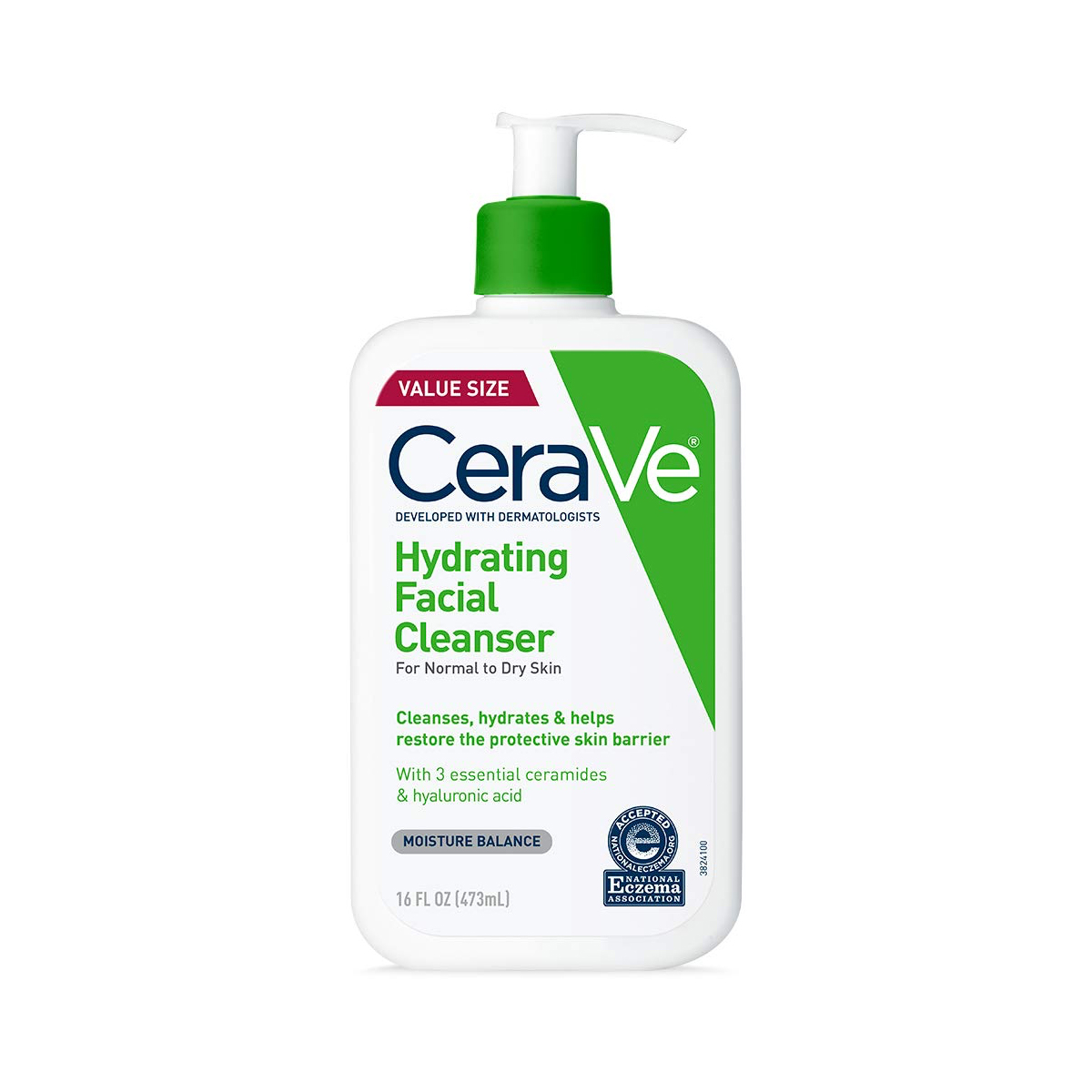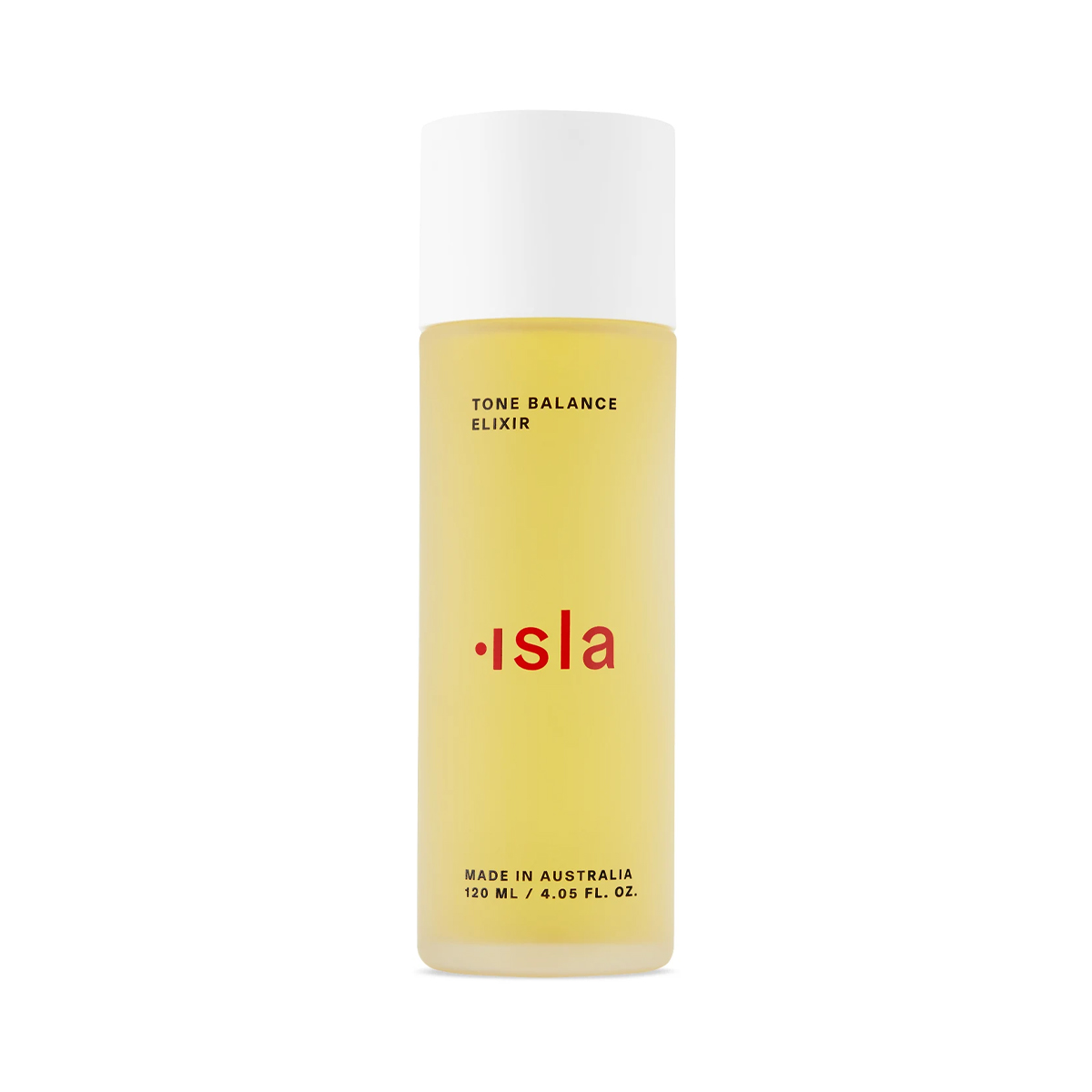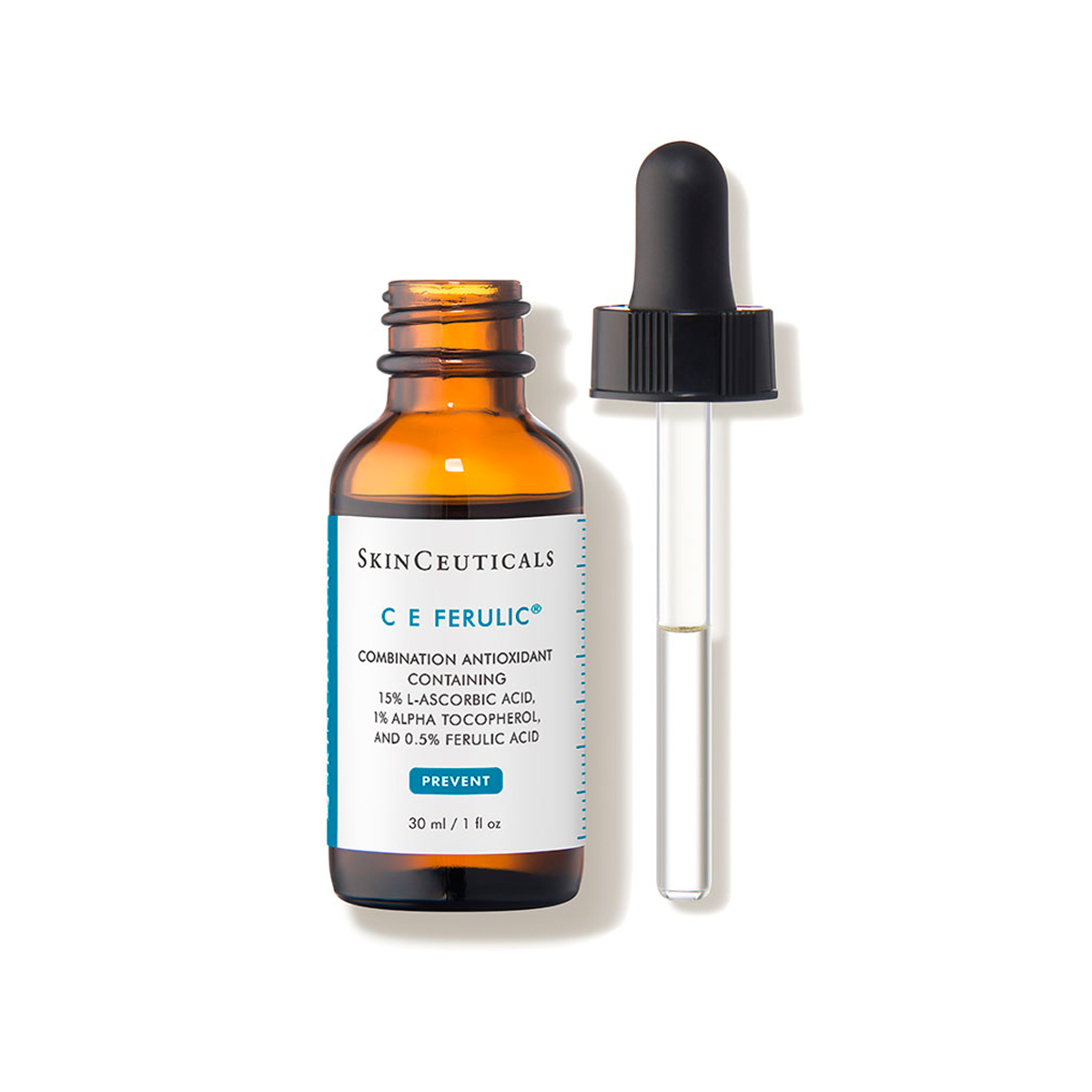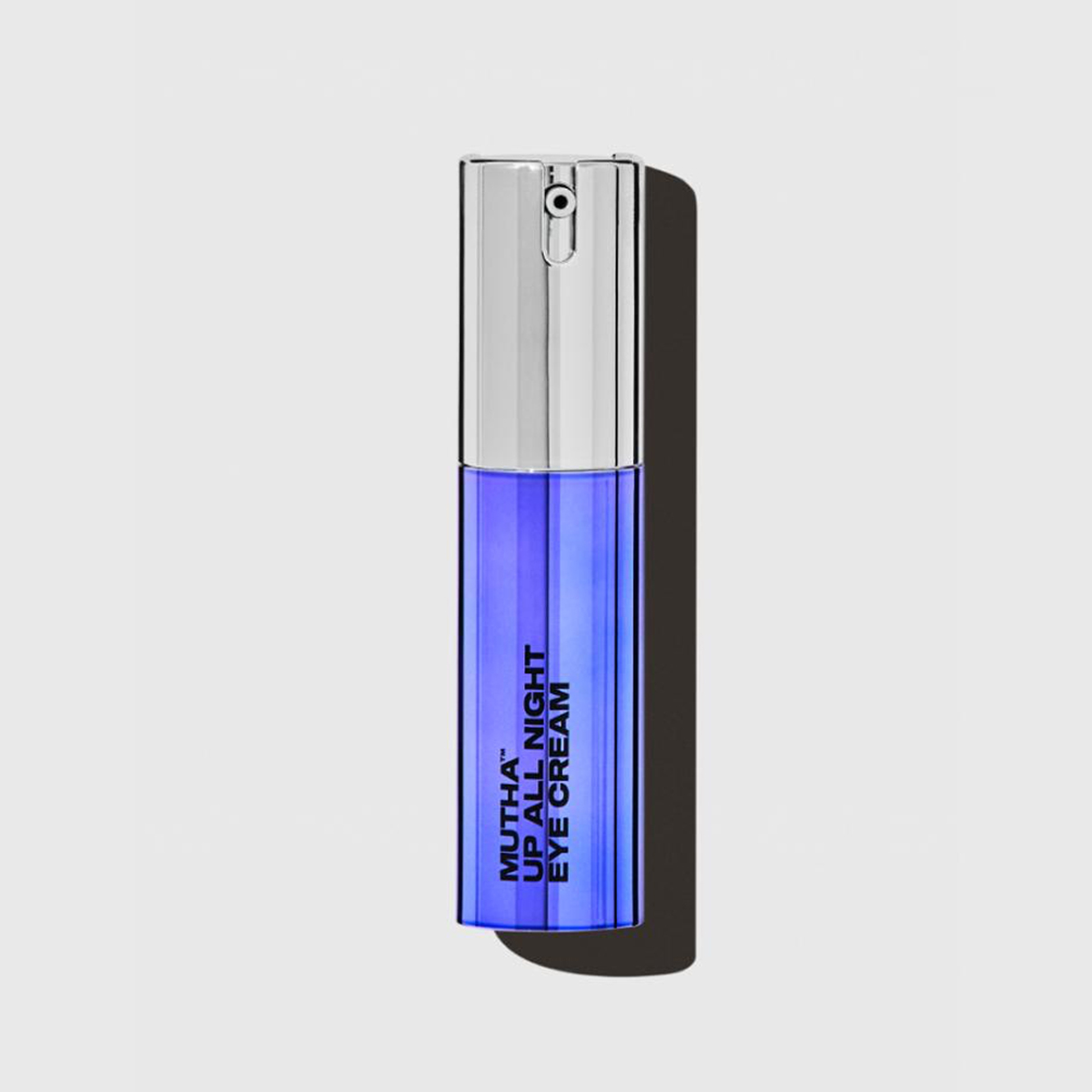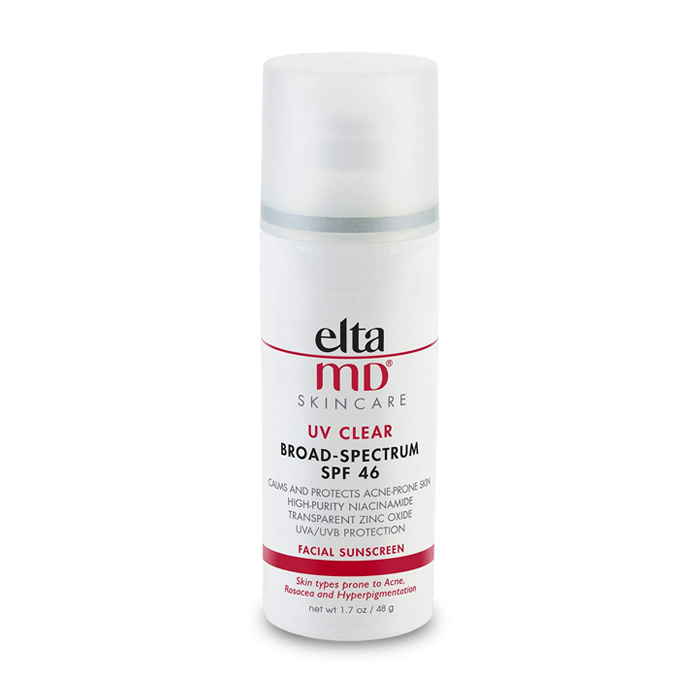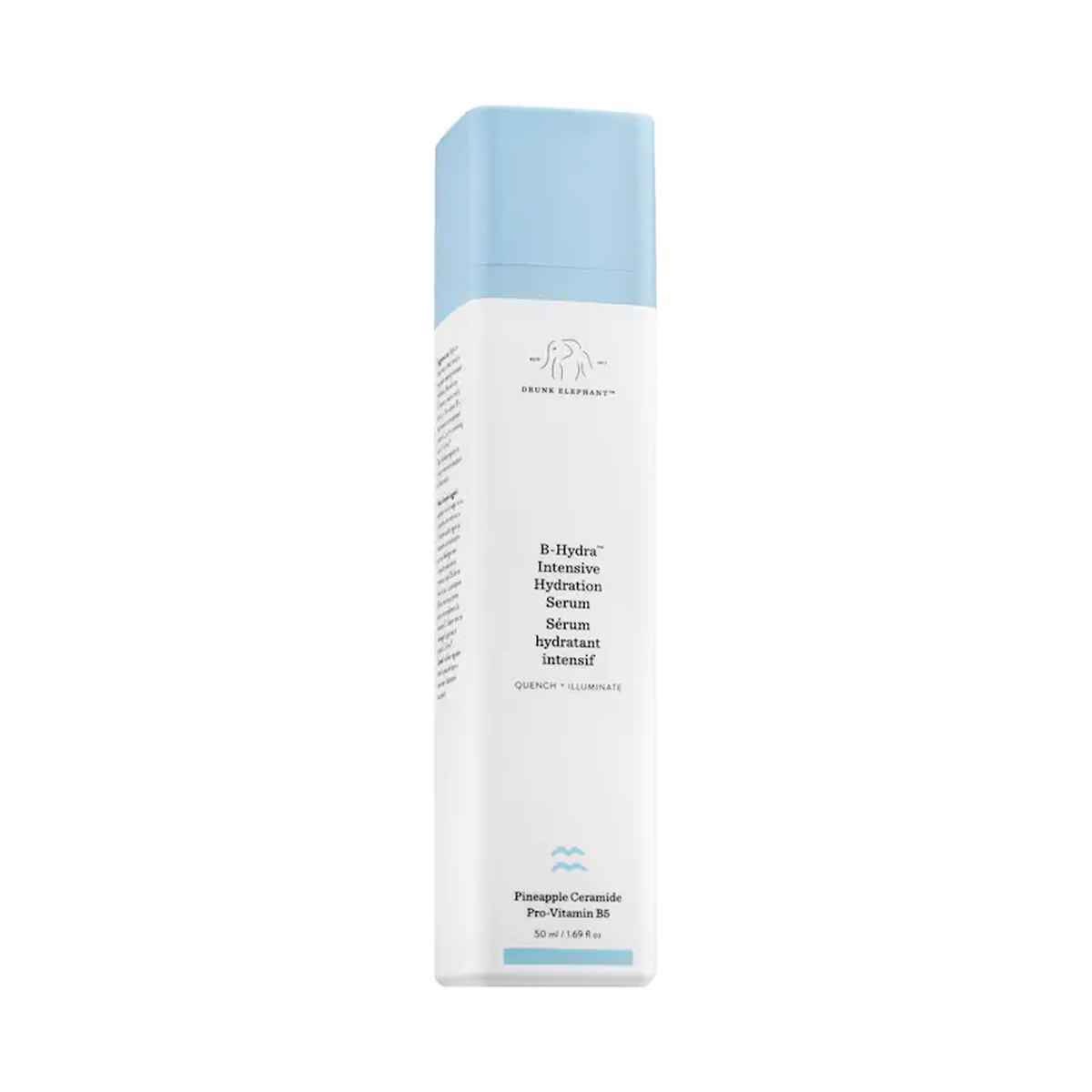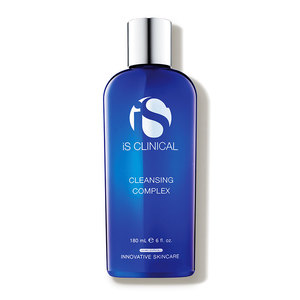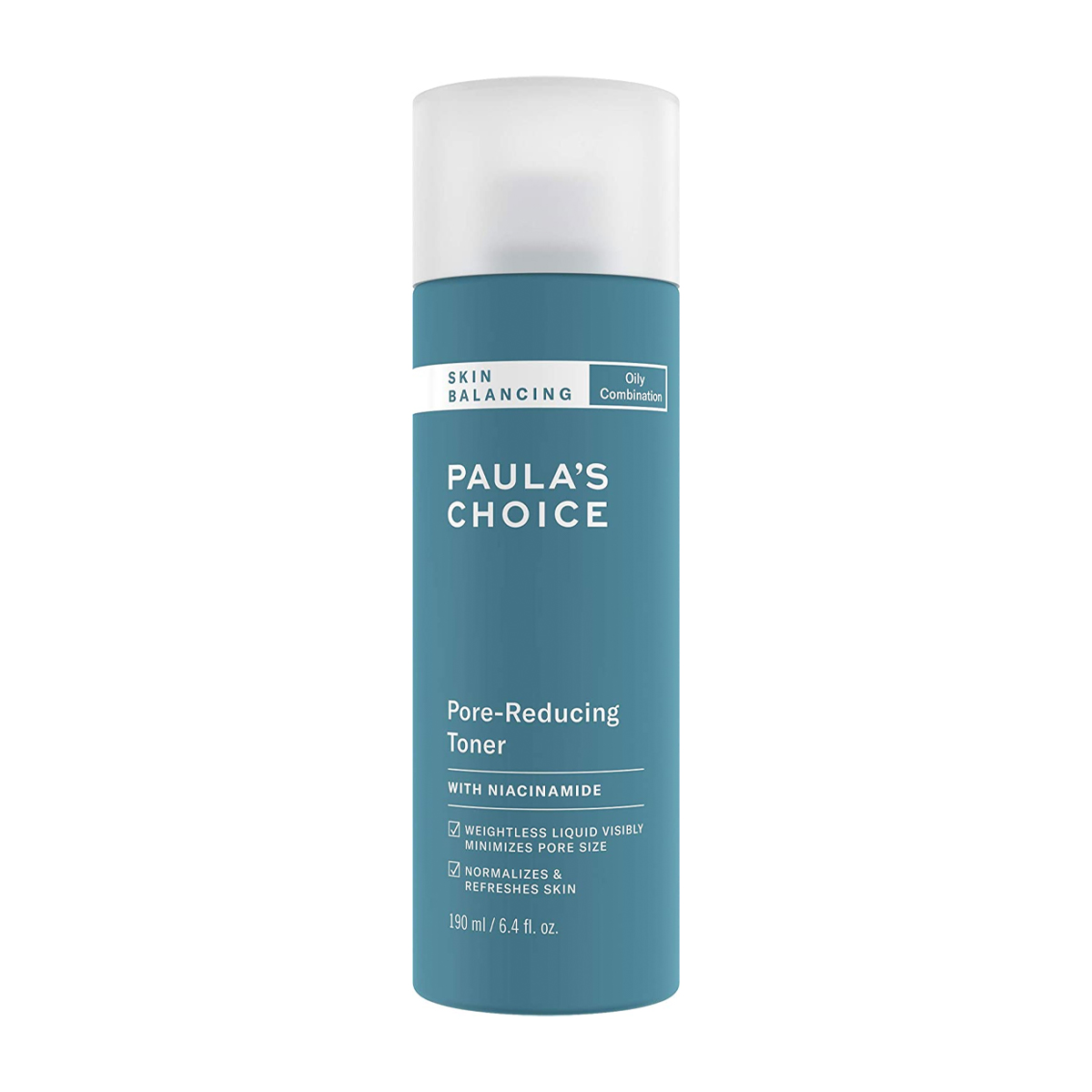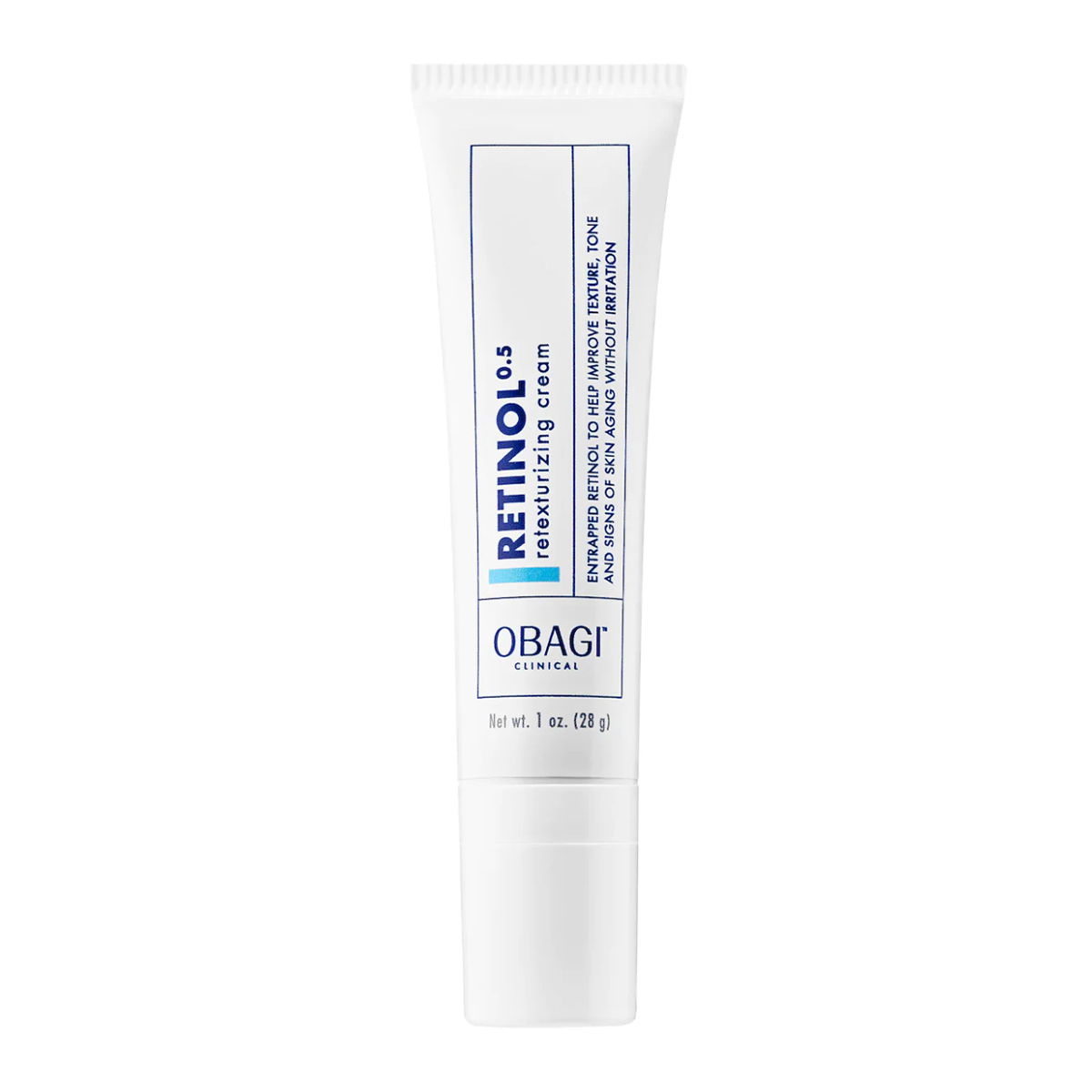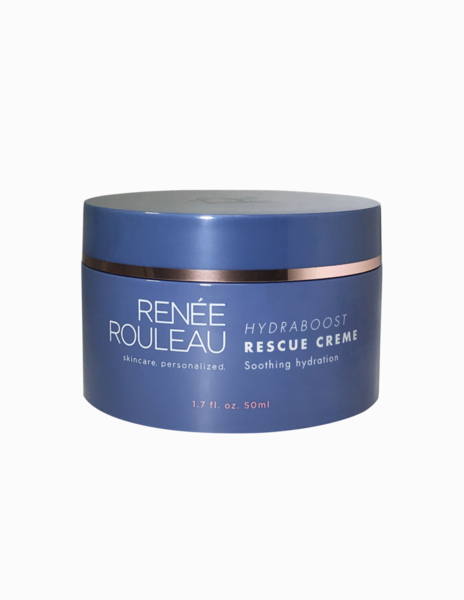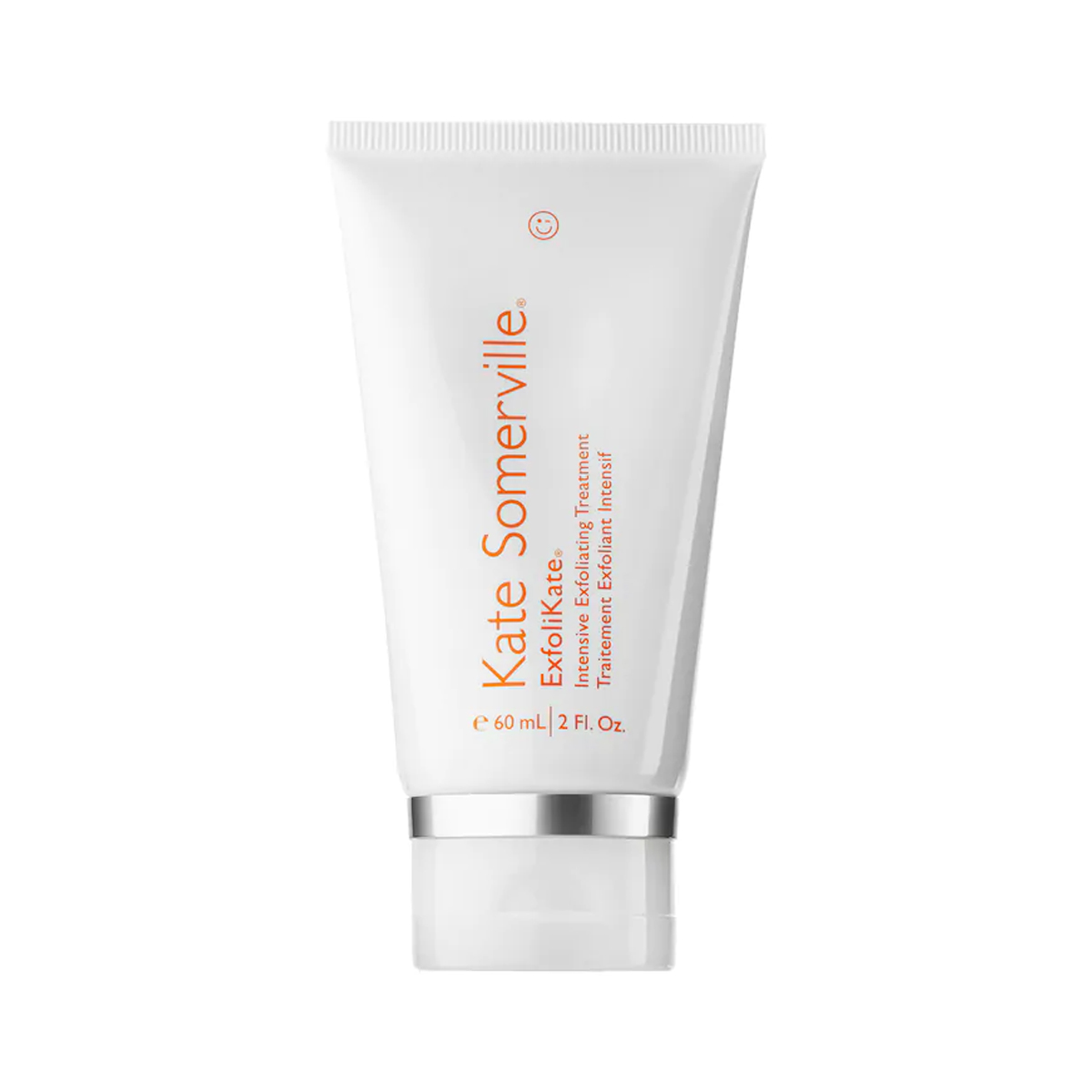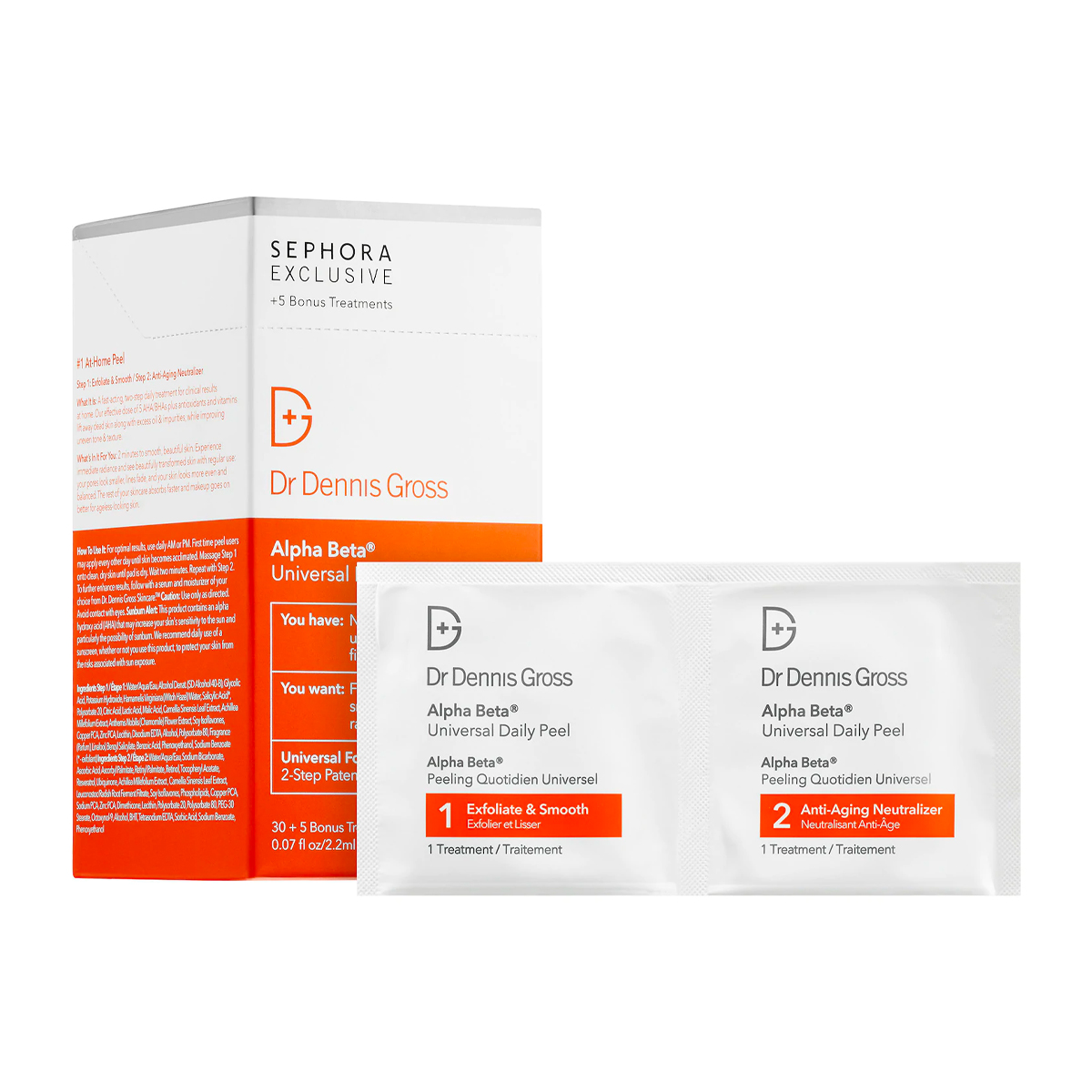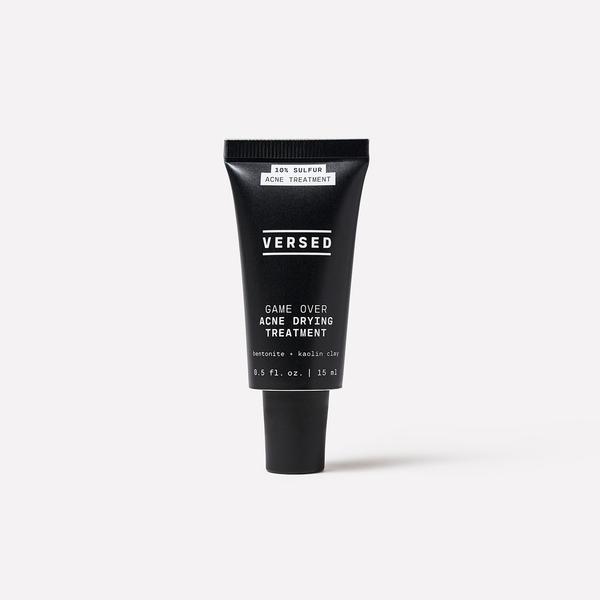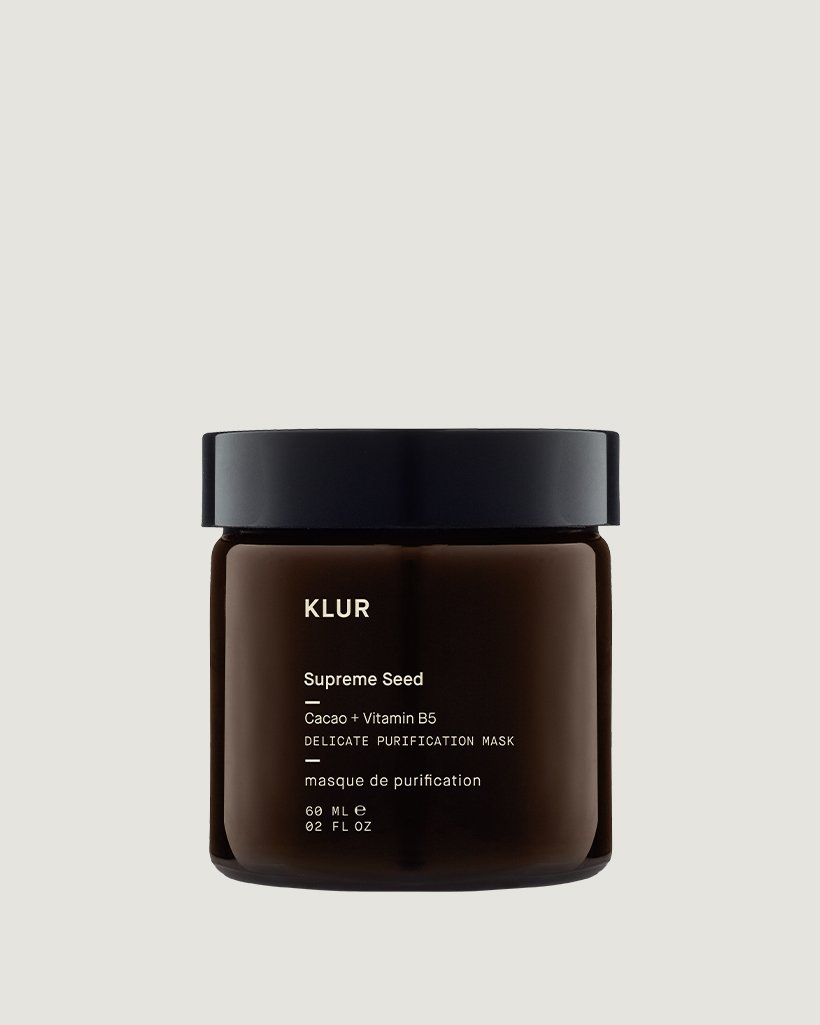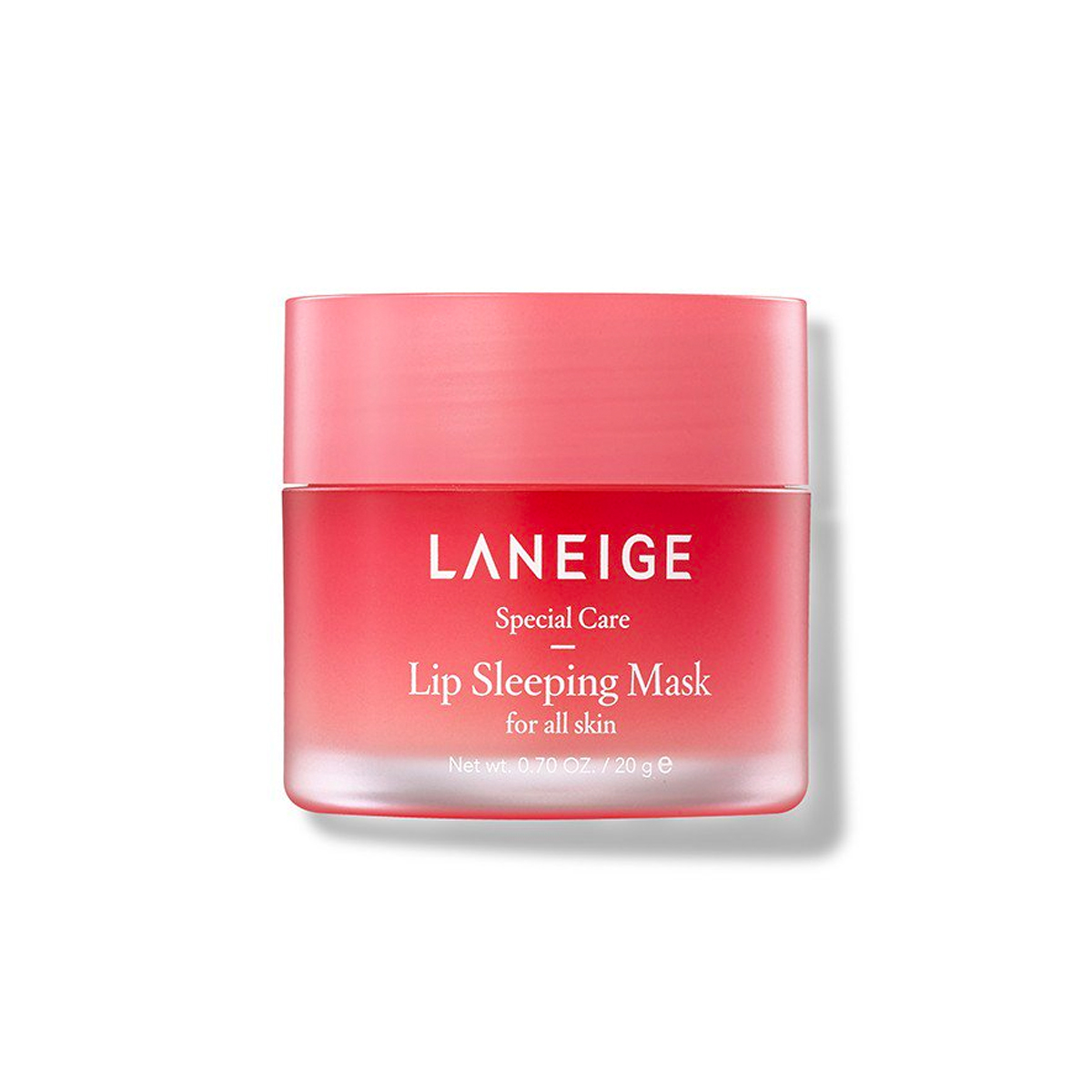Once and for All, This Is the Order You Should Apply Your Skincare
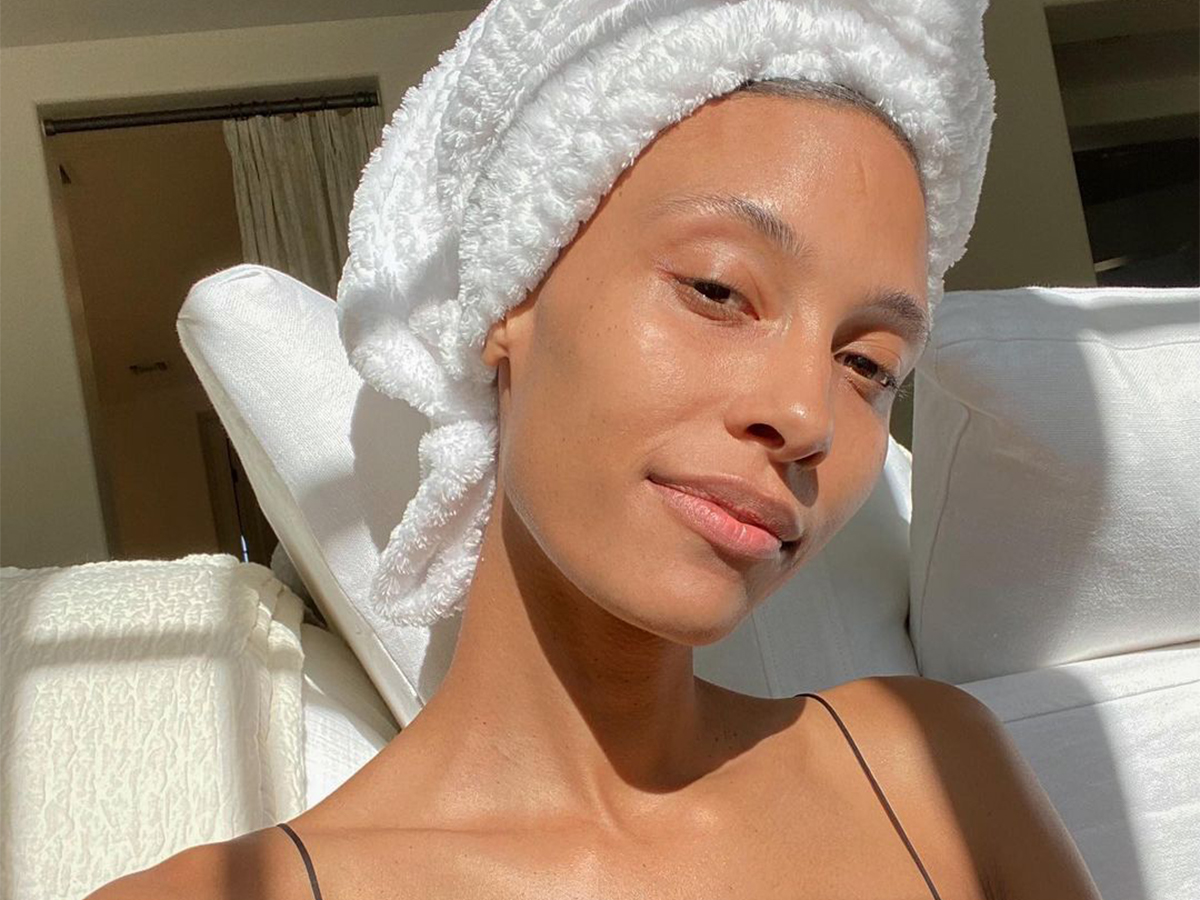
Ah, skincare—the often polarizing yet endlessly popular pocket of the beauty industry, where those in all phases of their skin journeys come to hydrate, smooth, plump, and preserve. Real glow-getters know that in a world where a single tube of our beloved serums, creams, and the like can cost hundreds of dollars, doing our part to make sure they’re performing optimally is of the utmost importance. This can mean storing active ingredients out of sunlight or even in the refrigerator, but even more baseline than that, it means layering skincare products onto our skin in the proper order. Yes, the order in which you apply products matters!

"It’s very important to have a proper order of application for your skincare products," explains Mariana Vergara, NP. For those with intricate, multistep morning and evening routines, this might be a stressful piece of information to take in. "Skincare should be applied in a specific order to ensure proper absorption of each of our products,” says celebrity facialist and medical aesthetician Candace Marino. "For example, if you wanted to apply a resurfacing serum but applied it after a night cream, you're most likely wasting the product, as it's not going to penetrate as easily over a heavier product." When you think about it, it really makes perfect sense.
If, like me, you're dedicated to ensuring that every last one of your products is hitting your skin in the correct order, keep scrolling to finally put your mind at ease and see what the pros have to say.
Morning Routine
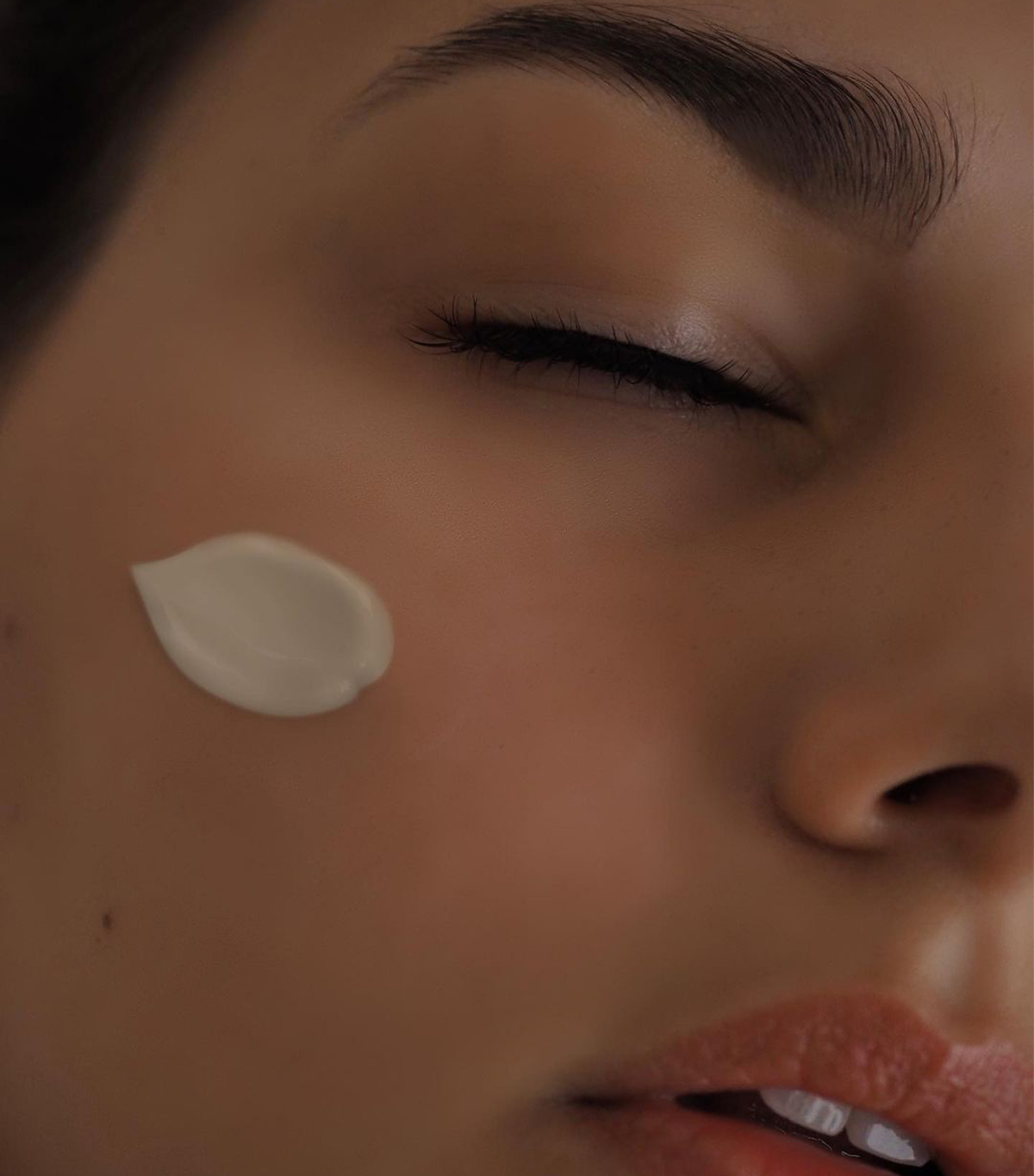
Cleanse
This might seem like a no-brainer, but every good routine starts with cleansing. Even if you did a thorough cleanse the night before, at least a mild cleanse will be needed in the morning to remove any residual product or debris from the skin to prepare for your morning routine.
Tone
If you regularly engage with online skincare content, then you've probably seen some version of an infographic outlining the order in which to apply products. Generally speaking, the accepted rule of thumb is that we should apply them in order of thickness, starting with the thinnest liquids and finishing with the thickest creams or salves. By that logic, the first product to hit your skin after you cleanse should be a liquid toner if you use one. Our experts subscribe to this general rule, too. Although, Marino points out that a skincare professional can help you identify any instances where your individual routine might differ. "Many products can have names that confuse clients," she says. "For instance, there are serums that are an oil texture, toners called lotions, and so on. A professional will help curate a routine for you and teach you the proper order of application to ensure maximum benefits."
Treat
Next come treatments like serums. "Serums are generally smaller molecules and are meant to absorb into deeper layers of the skin, while creams are heavier and moisturize the upper layers of skin. If you were to apply your skincare out of order, you're wasting product and not getting the maximum benefits of each product," Marino says. Both our pros agree that a potent antioxidant serum is the best way to go in the morning.
Apply Eye Cream
If you remember watching *NSYNC perform on TRL, then it's probably time to wear eye cream. Although the internet was set ablaze a few years back by the revelation that eye cream should actually be applied before moisturizer, it's now a widely accepted truth.
Moisturize
"After allowing your serums to absorb a bit, you can move on to applying your moisturizer," says Vergara. For daytime, a lightweight moisturizer can work well under makeup and as a precursor to the final daytime step, SPF.
Apply SPF
You know the drill: SPF all the time, no matter what. Vergara reminds us that going in once in the morning and forgetting about it for the rest of the day isn't great, especially if you'll be spending time outside. She recommends reapplying every three to four hours.
Optional Morning Steps
Hydrate:
Prep for makeup:
Evening Routine

Cleanse
After a long day spent sweating and collecting various environmental pollutants all over the face, cleansing is so important. If you've been wearing makeup, a double cleanse is a great option to ensure that all traces of makeup and grime are thoroughly removed from the face. After that, a lathering cleanser to grip any remaining dirt and excess oil leftover from your first step will wipe your slate completely clean for the remaining steps of your routine.
Tone
While they can certainly be beneficial in some cases, Vergara is on the fence about the use of toners at night. "I don’t really suggest using toner as a part of your skincare routine unless you have oily skin or if you have very enlarged pores," she says. Especially if you're using treatments like retinol, peptides, or growth factors, she says it's important to apply those ingredients straight away after cleansing to work their magic as our skin repairs itself at night. "If you are one that has redness, rosacea, or sensitive skin, you should just avoid the use of toners in general," she adds.
Treat
Retinol is one of the most commonly recommended treatments to use nightly. But as Marino calls out, it's important to consider the other ingredients in your routine to identify the best ones to use. "If you're using a toner like the Biologique Recherche Lotion P50, you're not going to want to use additional acids or retinoids. This is why it’s so important to consult a pro. They will guide you to prevent you from overdoing it or wasting your product," she says. As mentioned above, Vergara reiterates that if you're using any prescription facial treatments for acne or other skin conditions, then they should be applied on freshly cleansed skin and not after toner, unless otherwise directed by your physician.
Apply Eye Cream
Just when we thought we could finally put the "when to apply eye cream" debate to rest, Marino came through with another factor to consider. "I generally apply eye cream as the first step after toner. Because the eye area is so sensitive, it’s best to apply the eye product first to prevent traces of other products from transferring to the delicate eye area," she says. This trick is especially useful when products like resurfacing ingredients are in the mix, so if you're noticing any flare-ups around your eyes when using super-active ingredients, try applying your eye cream first to create a makeshift protective barrier.
Moisturize
Even those with the most bare-bones routines will want to incorporate a good moisturizer at night to keep the top layer of the skin moisturized and protected as you sleep.
Apply Oil or Balm
With the recent rise in popularity of a final moisture-sealing step—slugging is the term going around the internet right now—many have been left to wonder if smearing Vaseline or other petroleum-based products all over the face post-moisturizer is actually beneficial. Our experts don't think so. "I recommend using petroleum on the lips, elbows, knees, and feet. The only time I actually suggest petroleum on the face is when the weather is very dry during the winter months or if your skin is just very dry," Vergara explains. Marino agrees, adding that Vaseline just isn't the best product to use all over the face. "If someone wants to lock in moisture and prevent transepidermal water loss, I'm going to recommend a product with other beneficial ingredients. When I'm feeling super dry, I grab the Rinascita Delle Olive Replenishing Balm from Furtuna Skin as a final step. This product contains medicinal botanicals that help to nurture and replenish compromised skin. The texture and scent are an elevated way to experience slugging."
Optional Evening Steps
Exfoliate:
Peel:
Spot-Treat:
Apply a mask:
Use tools:
Apply a lip treatment:
Courtney Higgs is a Cancer sun, Libra rising beauty enthusiast with six years of experience in the editorial space. She was previously Who What Wear's associate beauty editor after spending many years working at InStyle Magazine. She graduated from California State University, Northridge, with a BA in communication studies and pivoted to editorial after spending her college years working in the legal field. Her beauty philosophy is simple: She believes there are no wrong answers and that discovering our favorite beauty products and rituals is a journey, not a sprint. When she's not geeking out over products, she can be found adventuring around L.A. with her fiancé; watching reality TV with their French bulldog, Bernie Mac; or relating way too hard to astrology memes.
